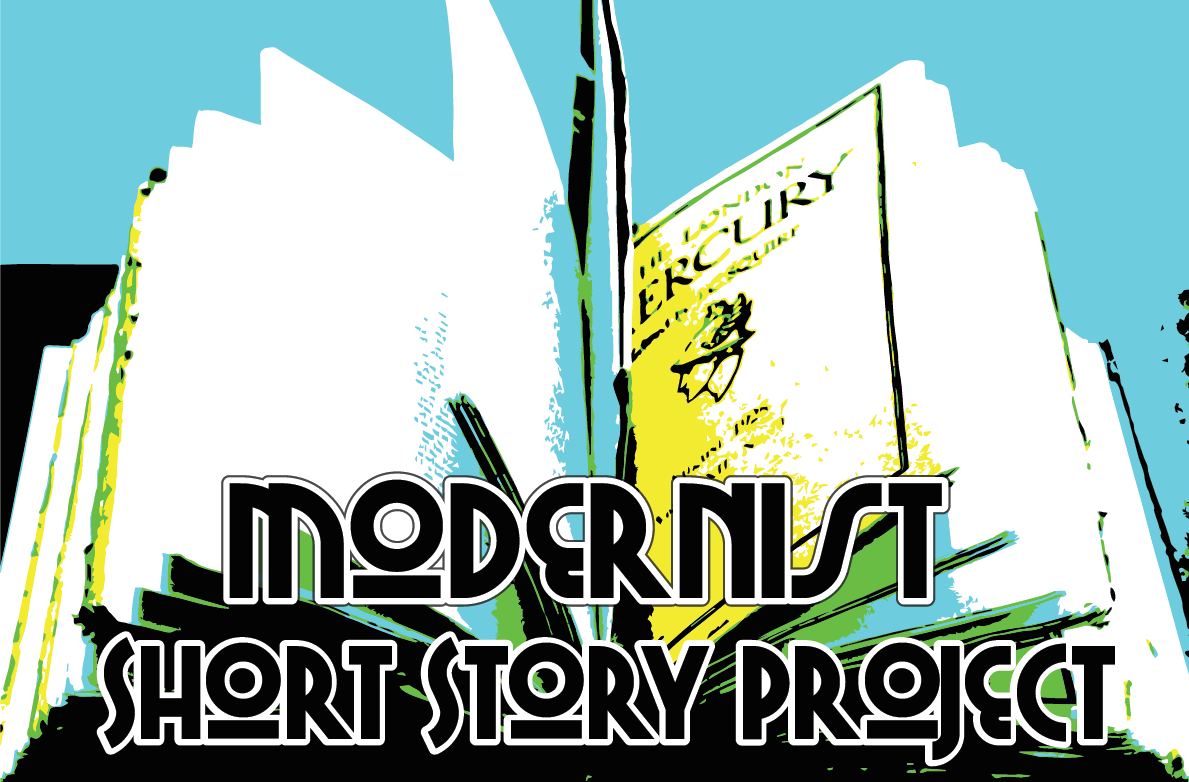Document Type
Article
Publication Date
Winter 2019
Abstract
“Wang-Ho and the Burial Robe” was published by The London Mercury in 1918 and would later be included as the seventh story in Ernest Bramah’s 1922 fantasy anthology, Kai Lung’s Golden Hours. Though published in a well-respected journal alongside the likes of Virginia Woolf and Siegfried Sassoon, “Wang-Ho and the Burial Robe” has little in common with the modernist trends of the early twentieth century. The story features no stream of consciousness, experimentation in new styles, epiphany, commentary on sexuality or gender, evocative imagery, reference to the Great War, or religious symbolism. In fact, it seems safe to suppose that Woolf would have handed Bramah the disdainful label of “materialist” had his name been of enough consequence within respected literary circles to warrant her attention. As it was, Bramah’s primary genre was pulp fiction, serialized adventure narratives in the vein of John Carter and Conan the Barbarian. Where modernism was exclusive and elitist, Bramah’s stories were unabashed populist entertainment.
Recommended Citation
Lamb, Malcolm, "Middle Class Anxiety in “Wang-Ho and the Burial Robe”" (2019). Modernist Short Story Project. 12.
https://scholarsarchive.byu.edu/mssp/12

